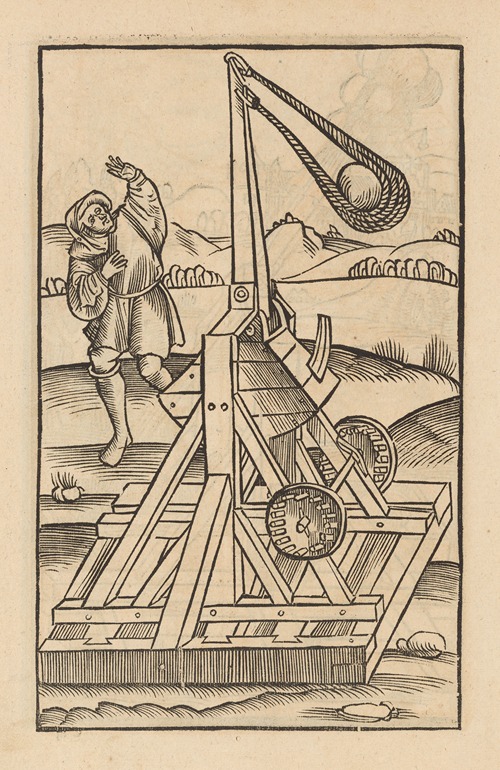

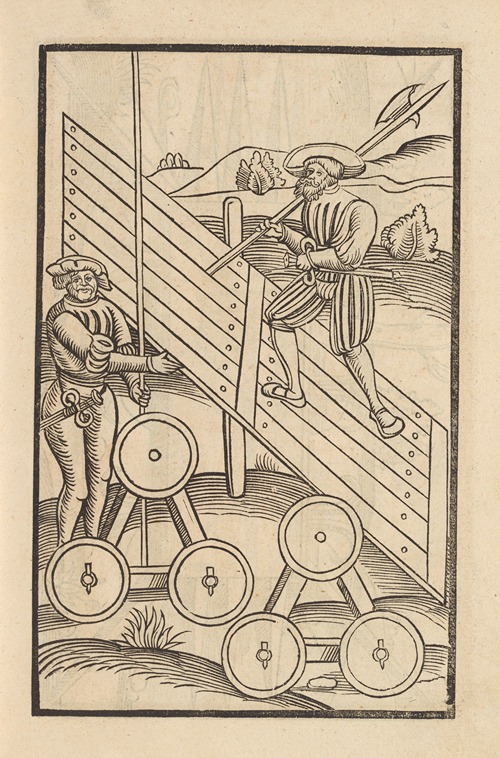
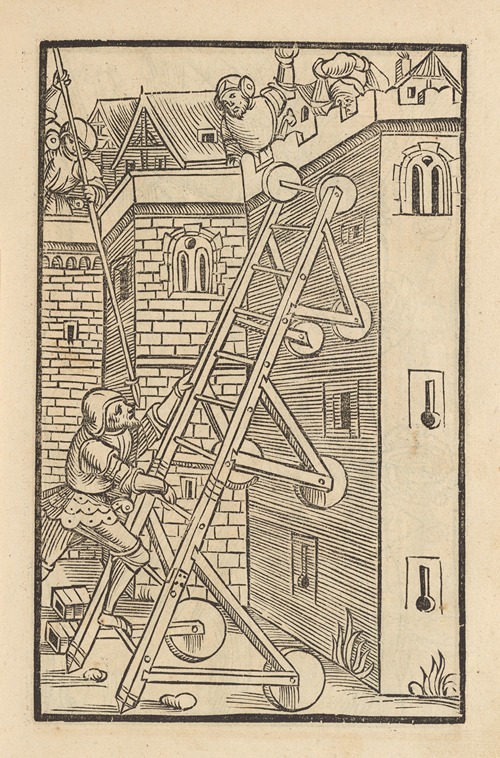
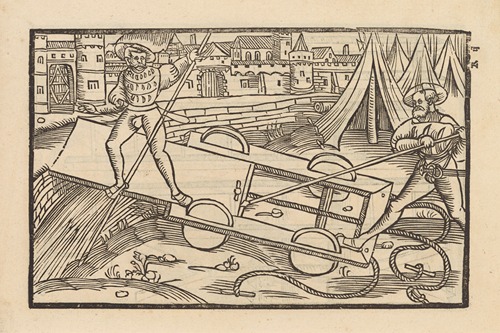


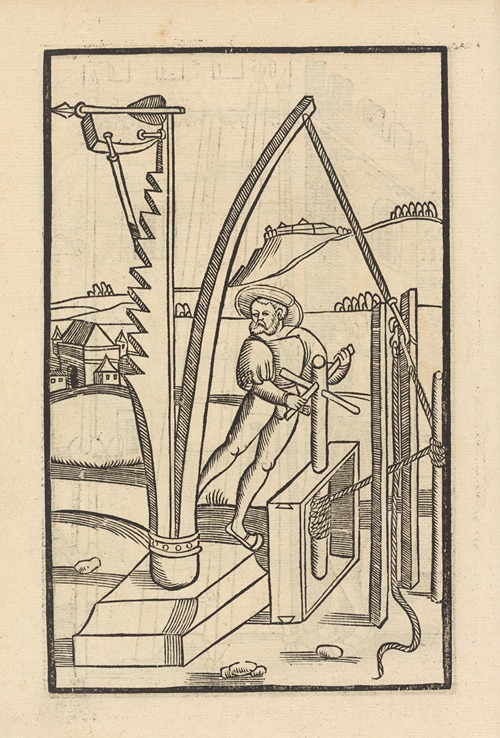
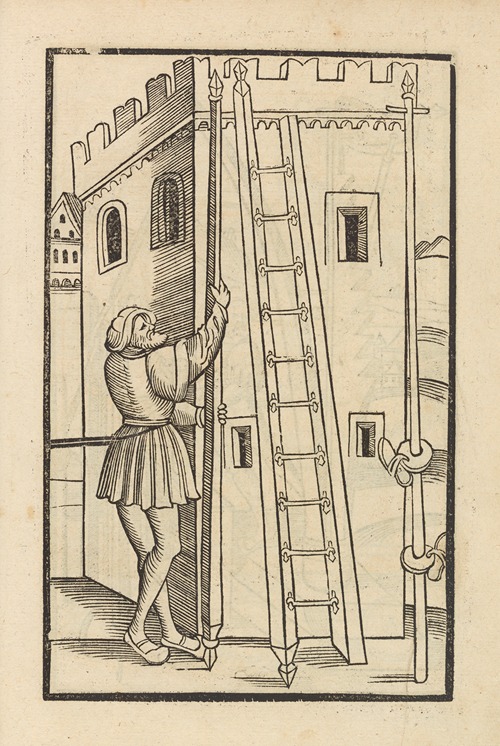
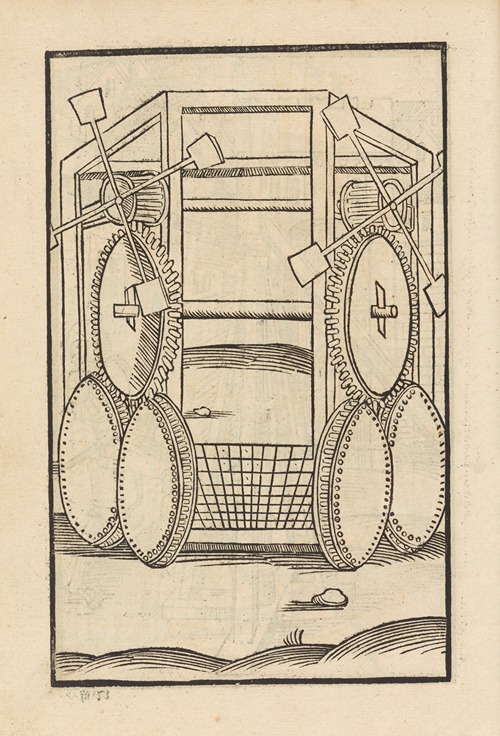
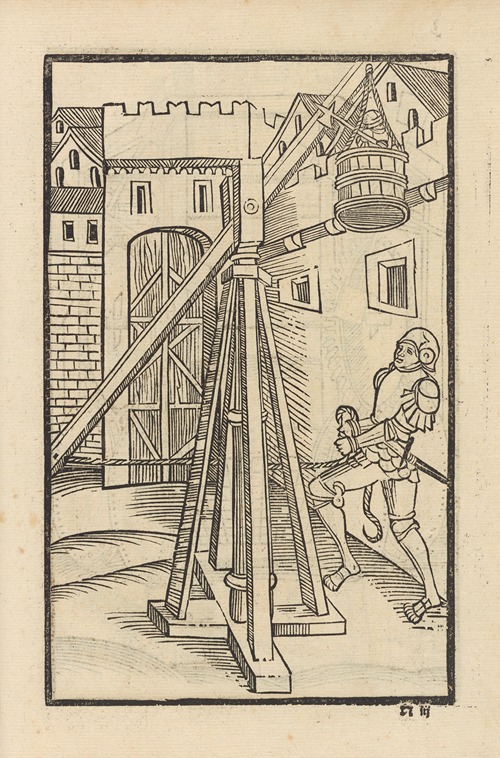
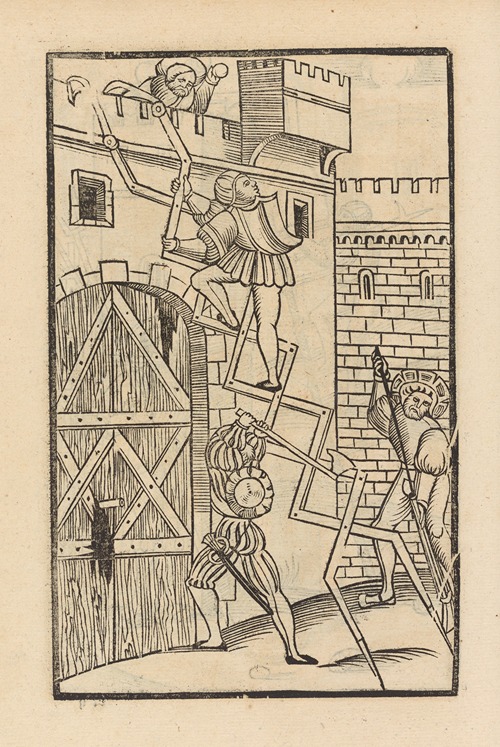
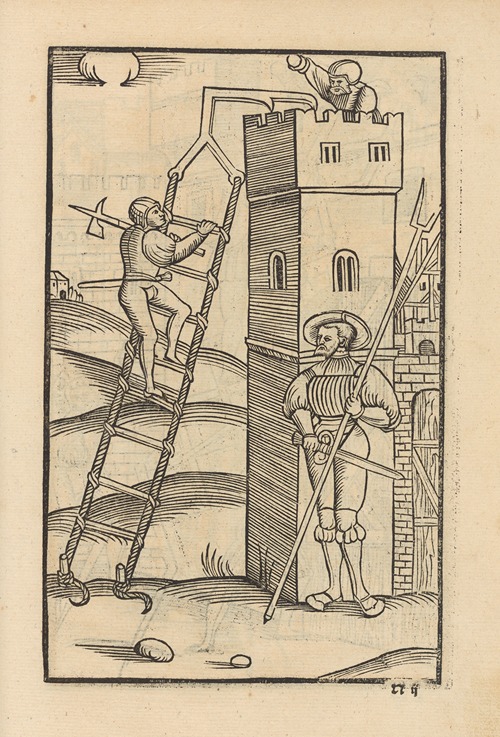
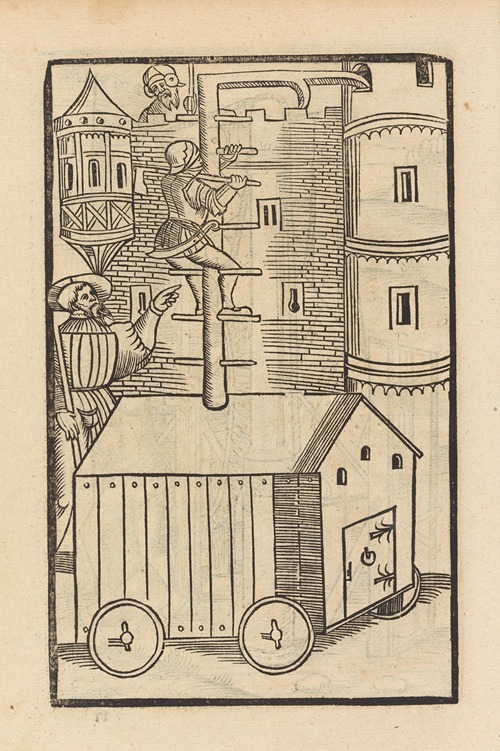
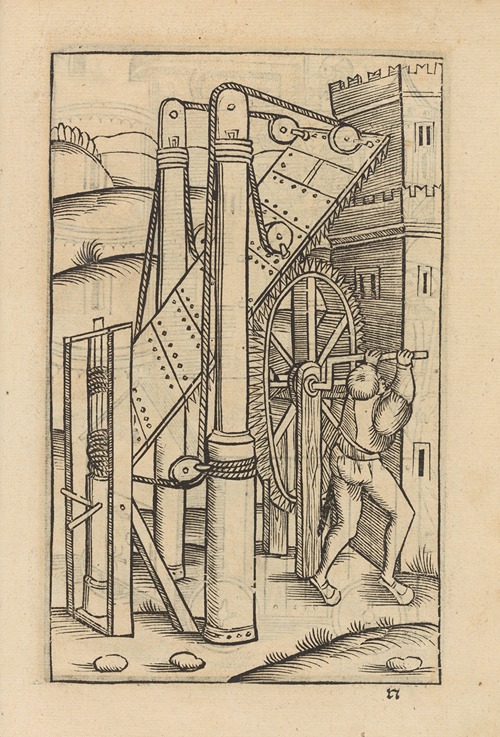
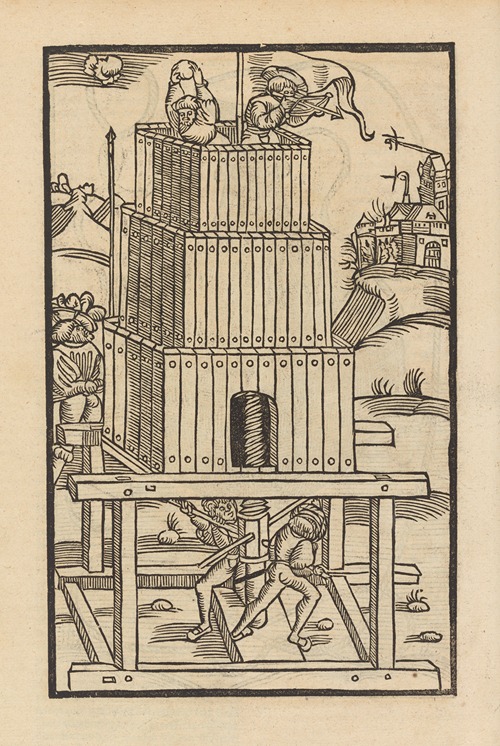

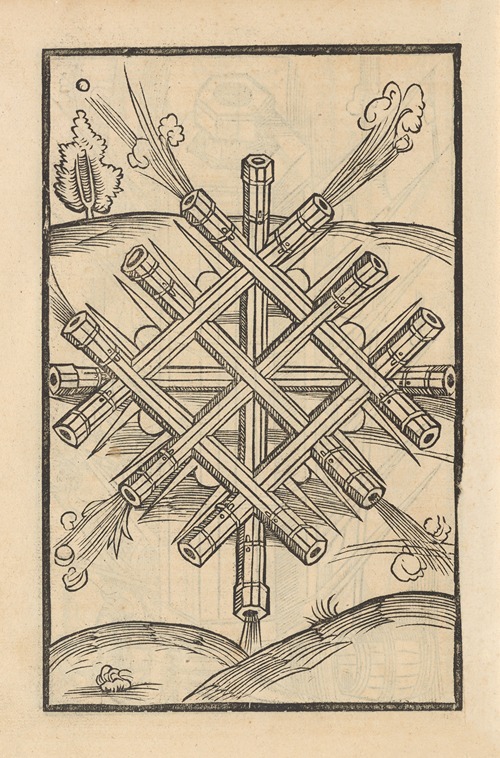
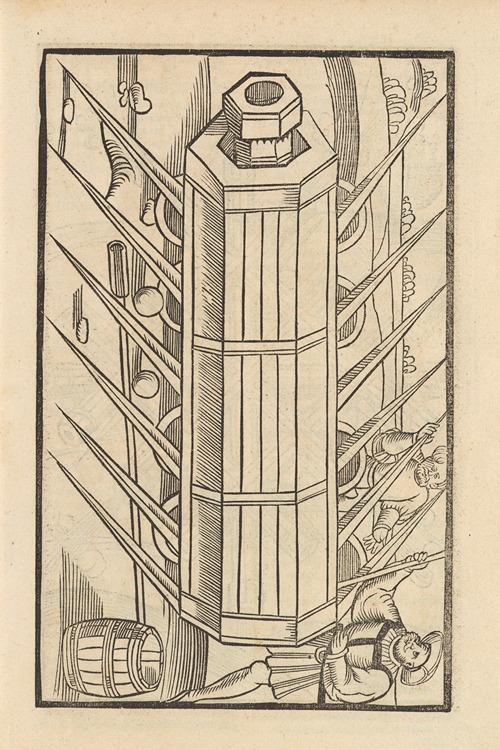
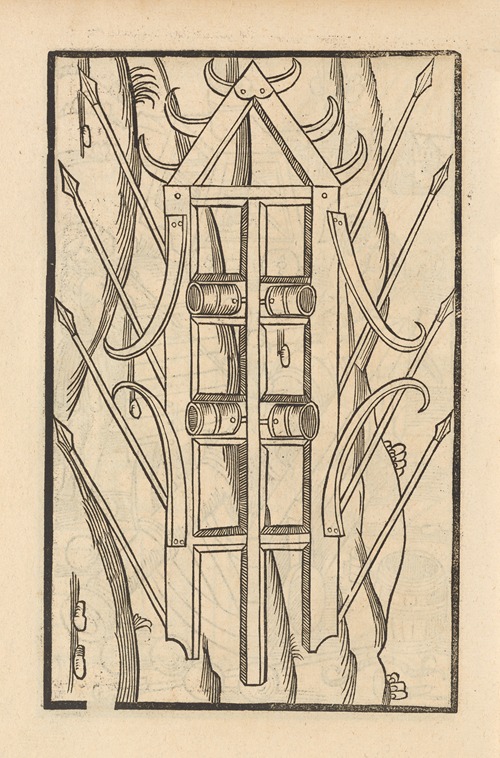


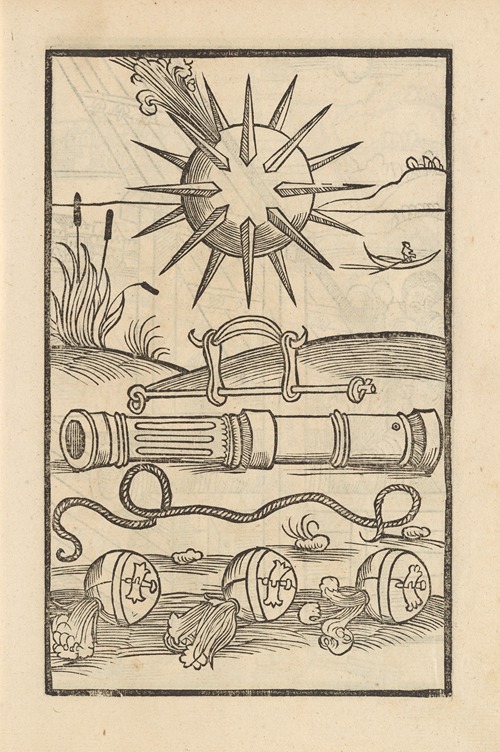

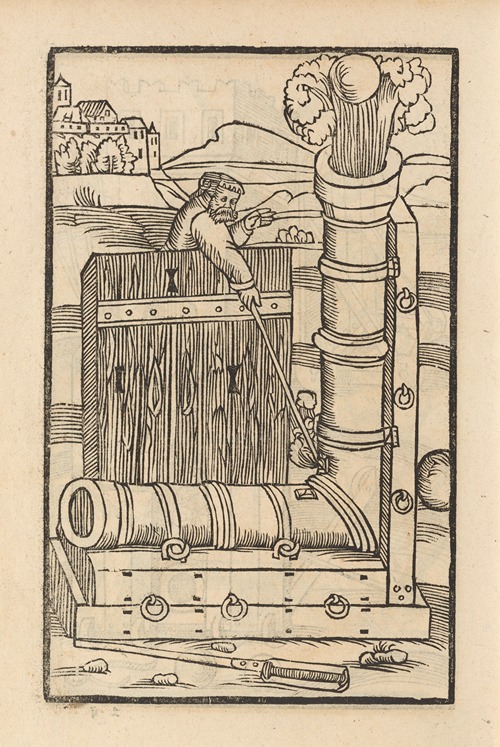
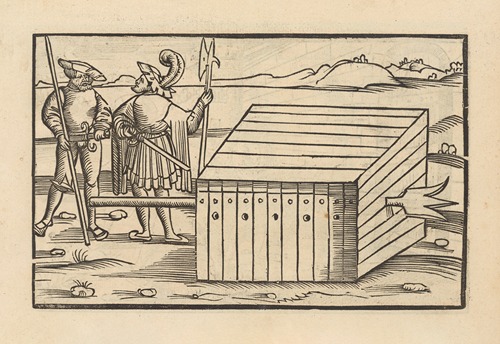

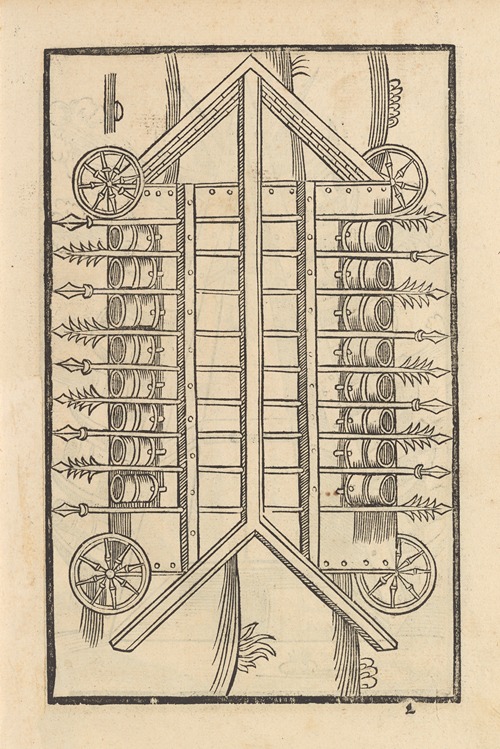
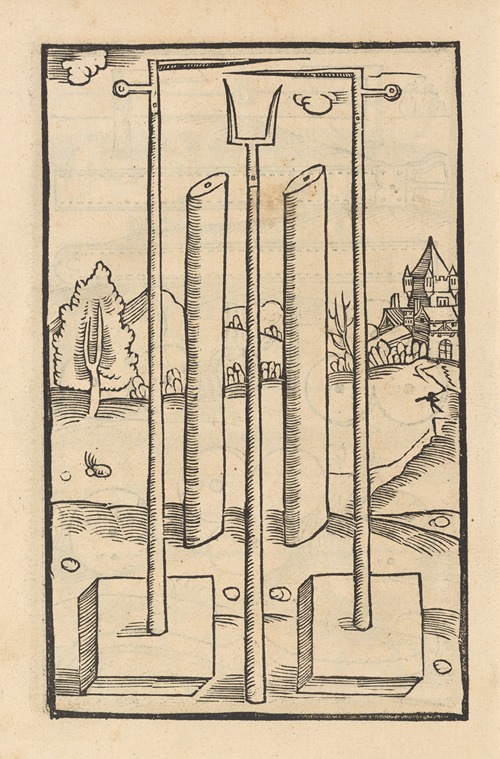
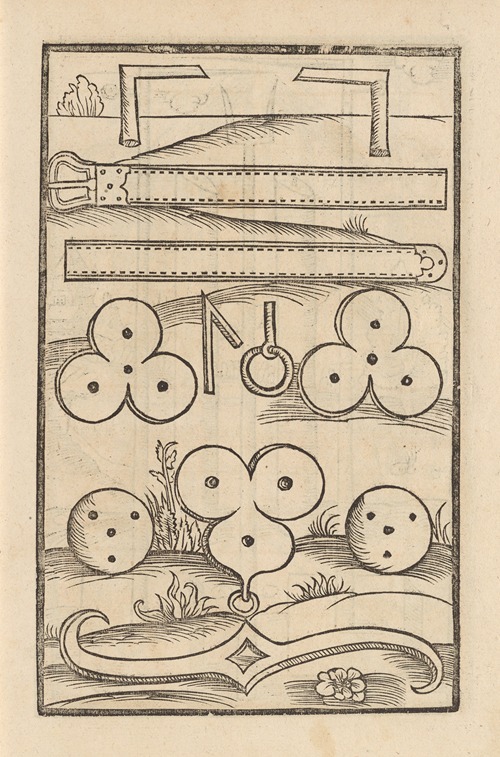
Publius (or Flavius) Vegetius Renatus, known as Vegetius (Latin: [u̯ɛˈɡɛtiʊs]), was a writer of the Later Roman Empire (late 4th century). Nothing is known of his life or station beyond what is contained in his two surviving works: Epitoma rei militaris (also referred to as De re militari), and the lesser-known Digesta Artis Mulomedicinae, a guide to veterinary medicine. He identifies himself in the opening of his work Epitoma rei militaris as a Christian.
The latest event alluded to in his Epitoma rei militaris is the death of the Emperor Gratian (383); the earliest attestation of the work is a subscriptio by Flavius Eutropius, writing in Constantinople in 450, which appears in one of two families of manuscripts, suggesting that a division of the manuscript tradition had already occurred. Despite Eutropius' location in Constantinople, the scholarly consensus is that Vegetius wrote in the Western Roman Empire. Vegetius dedicates his work to the reigning emperor, who is identified as Theodosius, ad Theodosium imperatorem, in the manuscript family that was not edited in 450; the identity is disputed: some scholars identify him with Theodosius I (r. 379–395, while others follow Otto Seeck and identify him with the later Valentinian III, dating the work to 430–35. Goffart agrees that the later date is likely, suggesting that the work may have been intended to support a military revival in the time of Aetius's supremacy. Rosenbaum also argues that he wrote in the early 430s; Theodosius II might then have been the dedicatee. Rosenbaum uses allusions from Vegetius's works and relationships to the work of Merobaudes to suggest that Vegetius was a senior court official, primiscrinius to the praetorian prefect, who had been an agens in rebus.
Vegetius' epitome mainly focuses on military organization and how to react to certain occasions in war. Vegetius explains how one should fortify and organize a camp, how to train troops, how to handle undisciplined troops, how to handle a battle engagement, how to march, formation gauge and many other useful methods of promoting organization and valour in the legion.
As G. R. Watson observes, Vegetius' Epitoma "is the only ancient manual of Roman military institutions to have survived intact". Despite this, Watson doubts its value, for Vegetius "was neither a historian nor a soldier: his work is a compilation carelessly constructed from material of all ages, a congeries of inconsistencies". These antiquarian sources, according to his own statement, were Cato the Elder, Cornelius Celsus, Frontinus, Paternus and the imperial constitutions of Augustus, Trajan, and Hadrian (1.8).
The first book is a plea for army reform; it vividly portrays the military decadence of the Late Roman Empire. Vegetius also describes in detail the organisation, training and equipment of the army of the early Empire. The third book contains a series of military maxims, which were (appropriately enough, considering the similarity in the military conditions of the two ages) the foundation of military learning for every European commander from William the Silent to Frederick the Great.
His book on siegecraft contains the best description of Late Empire and Medieval siege machines. Among other things, it shows details of the siege engine called the onager, which afterwards played a great part in sieges until the development of modern cannonry. The fifth book gives an account of the materiel and personnel of the Roman navy.
However, from that point Vegetius' position as the premier military authority began to decline, as ancient historians such as Polybius became available. Niccolò Machiavelli attempted to address Vegetius' defects in his L'arte della Guerra (Florence, 1521), with heavy use of Polybius, Frontinus, and Livy, but Justus Lipsius' accusation that he confused the institutions of diverse periods of the Roman Empire and G. Stewechius' opinion that the survival of Vegetius' work led to the loss of his named sources were more typical of the late Renaissance. While as late as the 18th century a soldier such as Marshal Puysegur based his own works on this acknowledged model, in Milner's words, Vegetius' work suffered "a long period of deepening neglect".
Vegetius emphasizes the shortcomings of the Roman Army in his lifetime. To do this, he eulogises the army of the early Empire. In particular, he stresses the high standard of the legionaries and the excellence of the training and the officer corps. In reality, Vegetius probably describes an ideal rather than the reality. The army of the early Empire was a formidable fighting force, but it probably was not in its entirety quite as good as Vegetius describes. In particular, the 5-foot-10-inch minimum height identified by Vegetius would have excluded the majority of the men in Roman times (the Roman foot was 29.6 centimetres (11.7 in) and inch was 2.46 centimetres (0.97 in), hence a 5'10" Roman was 172.6 centimetres (5 ft 8.0 in), which is just above average height of Roman (Italian) men of the time from skeletal evidence from Herculaneum in 79 AD). The emperor Valentinian (364–375) lowered the height minimum to 5' 7" Roman which equals 165.2 centimetres (5 ft 5.0 in). Despite the romanticism extolling the idealized virtues of the Roman legion of an earlier time, Vegetius' De Re Militari remains a reliable and useful insight into the success of the early Roman Empire, and the military failure of its fall.





























